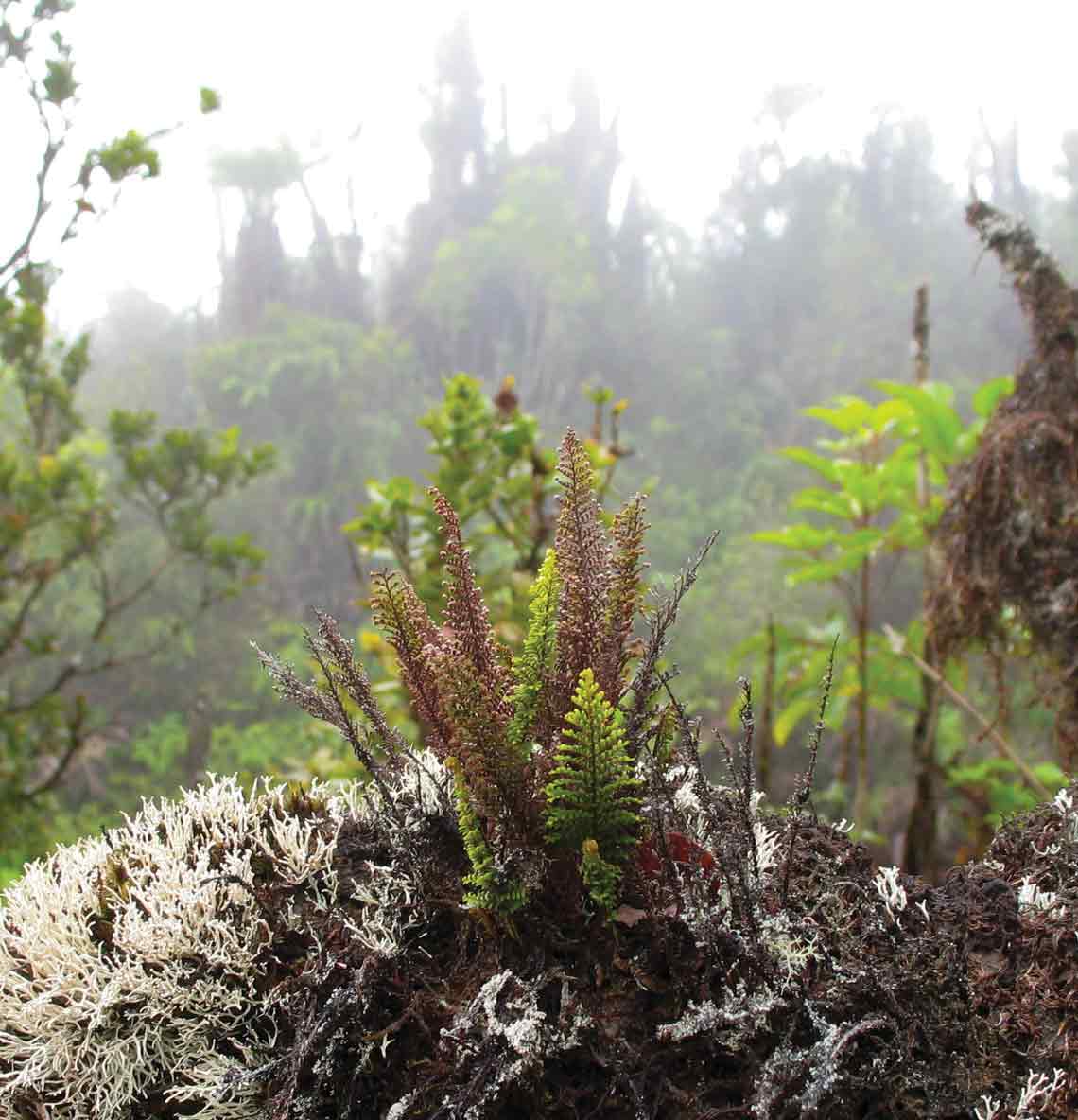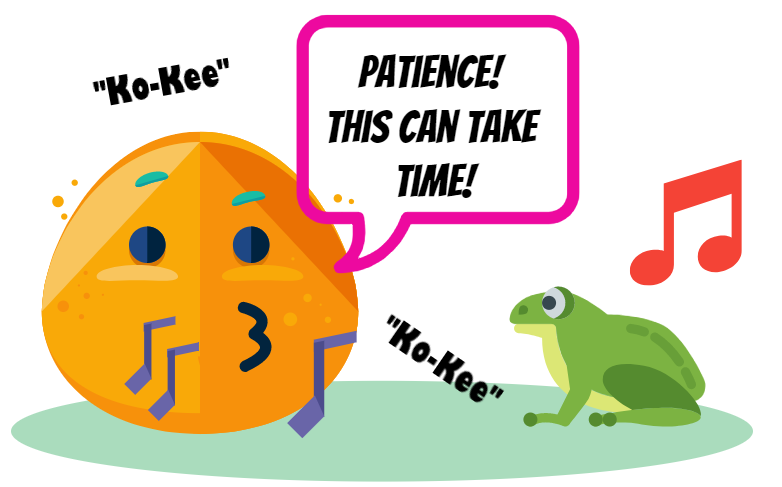
Where are the coqui frogs?
How to locate and count coqui frogs
Locating and recording the location of coqui frogs in the evenings when the males are vocalizing is an important step for effective control. Accurately locating coqui ensure you are applying citric acid solution in the correct location and helps reduce citric acid waste. Keeping records of your coqui counts will also help with understanding how the coqui populations change over time and if your control strategies are working. If you would like to perform a coqui count on someone else’s property please ask permission from the property owner prior to beginning.

When to count coqui frogs?
Coqui frogs are most active from a little after sunset to just after midnight and be sure to account for the weather. Coqui love a little rain, go out during rain fall or just after it has rained, especially when the temperatures are above 70 degrees Fahrenheit. Coqui are less active and less vocal when temperatures are below 70 degrees Fahrenheit and during dry spells.

Be stealthy!
Quietly walk within 10 feet of the area where you suspect the coqui frog or frogs are located. The frogs can be sensitive to sounds like whispering, crunching gravel, broken branches and to lights from flashlights or head lamps.
Practice your patience.
Be prepared to sit or stand for 15-30 minutes to listen for the coqui frog to start calling. During this time try not to make any noise or use any lights.
Call out to the frogs
If you don’t hear any frogs calling try whistling the 2 tone coqui call out to them. This can stimulate them to respond. If you can’t whistle you can use a recording of a coqui frog instead. Below are two different versions that you can use to attempt to get the coqui to respond.

Take notes
Keep as detailed a record as possible of the coqui count and report it here: Public Coqui Count Submission. Please include the date and time of the survey, your name and at least one contact method, the number of people participating in the count, the location of the area where you did the count and the number of coqui frogs heard. MISC uses the following scale to try to estimate the number of coqui frogs present: 0, 1, 2, 3, 4, 5, 6-10, 11-20, 21+ or 63+. If possible take a recording of the frog sound to use for verification at MISC. There are many smart phone apps that can be used for recording. It can also be helpful to create a map of the area to share with MISC. Hand drawn paper maps or a digital map both work well and can be attached to the Coqui Count form linked above.
The MISC coqui crew uses the Android phone app Locus Map to create coqui frog counts. Please contact mischelp@hawaii.edu or 573-MISC for help with this process if needed.
Mark the location
Once you have confirmed the location mark the spot with string, surveyor’s tape or something similar to be able to return to it or direct someone else to the spot. Coqui frogs frequently stay in the same area so this will help to find them again.
Please remember to report your coqui frog count to MISC using this form: Public Coqui Frog Survey
